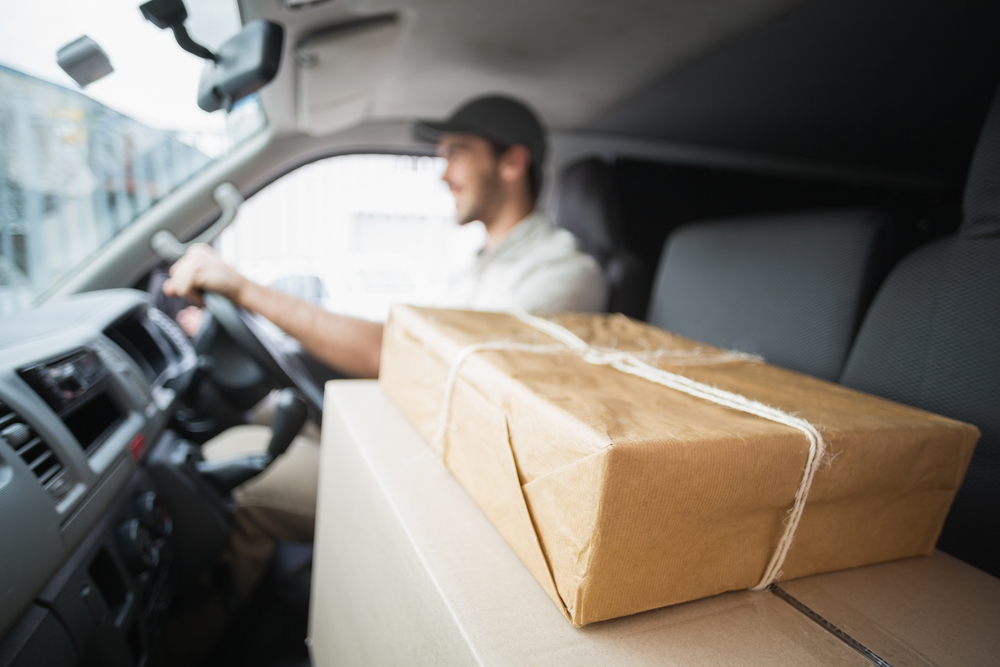Increasingly, they aren’t.
In its most recent National Technology Readiness Survey, market researchers Rockbridge Associates found that “the on-demand economy” grew by 57% in 2017, with approximately 41.5 million consumers purchasing on-demand goods or services compared to just 24.9 million in 2016.
And just who are these impatient shoppers?
According to the same study, “on-demand economy consumers tend to be younger, more educated and affluent, and more concentrated in urban areas. Specifically:
- 55% are between 25 and 44 years old
- 59% are male
- 45% have a four year college degree or higher
- 54% live in a suburb and 18% live in an inner city
- 68% report an annual household income of at least $50,000, while 47% report an annual household income of at least $75,000.”
In most market segments, those are some pretty desirable demographics. While early adapters were often willing to pay more for faster, more personalized service, those days are soon to be no more, according to “What’s Next for the On-Demand Economy” in Inc. magazine, “The on-demand economy is now evolving into the negotiate-on-demand economy. The impact for consumers will be profound, with providers now expected to compete on time and price directly, and to utilize services and platforms to advertise themselves as fastest and most affordable.”
In a Q&A session this summer with WRAL-TV’s TechWire, serial entrepreneur Scot Wingo, executive chairman at cloud-based e-commerce solutions giant ChannelAdvisor, as well as CEO of on-demand car care service Spiffy, explained how Amazon paved the way toward today’s customer-centric service environment: “…at ChannelAdvisor, we had a front row seat to Amazon’s ascension and the biggest lesson I learned from watching them is they truly put the customer first and innovate around the customer. That is our north star at Spiffy as well – regardless of where it takes us.”
In an October interview with Forbes, Wingo again focused on customer expectations, saying, “The key lesson we have taken away is that the customer experience matters. If you can’t deliver on that, you won’t survive.”
What part does last-mile delivery play in your strategic business plan? Are you putting parcels in your customers’ hands when and where they want? Are you meeting the service levels they expect?
It pays to deliver an outstanding customer experience. If you don’t, you can bet your competitors will.
Thanks to Amazon and the growth of e-commerce orders, customer delivery expectations have changed from “I want it soon” to “I want it now.” DeliveryCircle helps businesses meet this new standard with last-mile delivery solutions that help companies focus on growing their business. We equip clients to offer delivery services without the overhead of a full-time delivery staff. Contact DeliveryCircle now.








